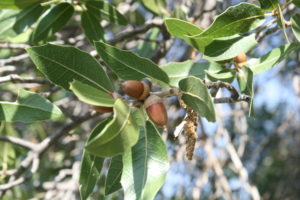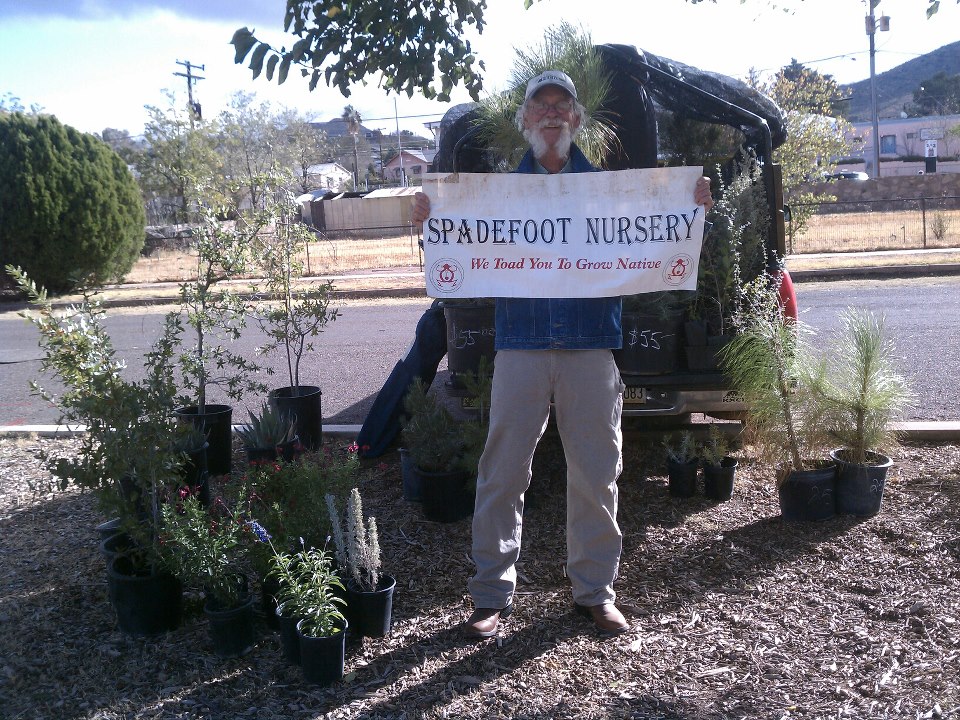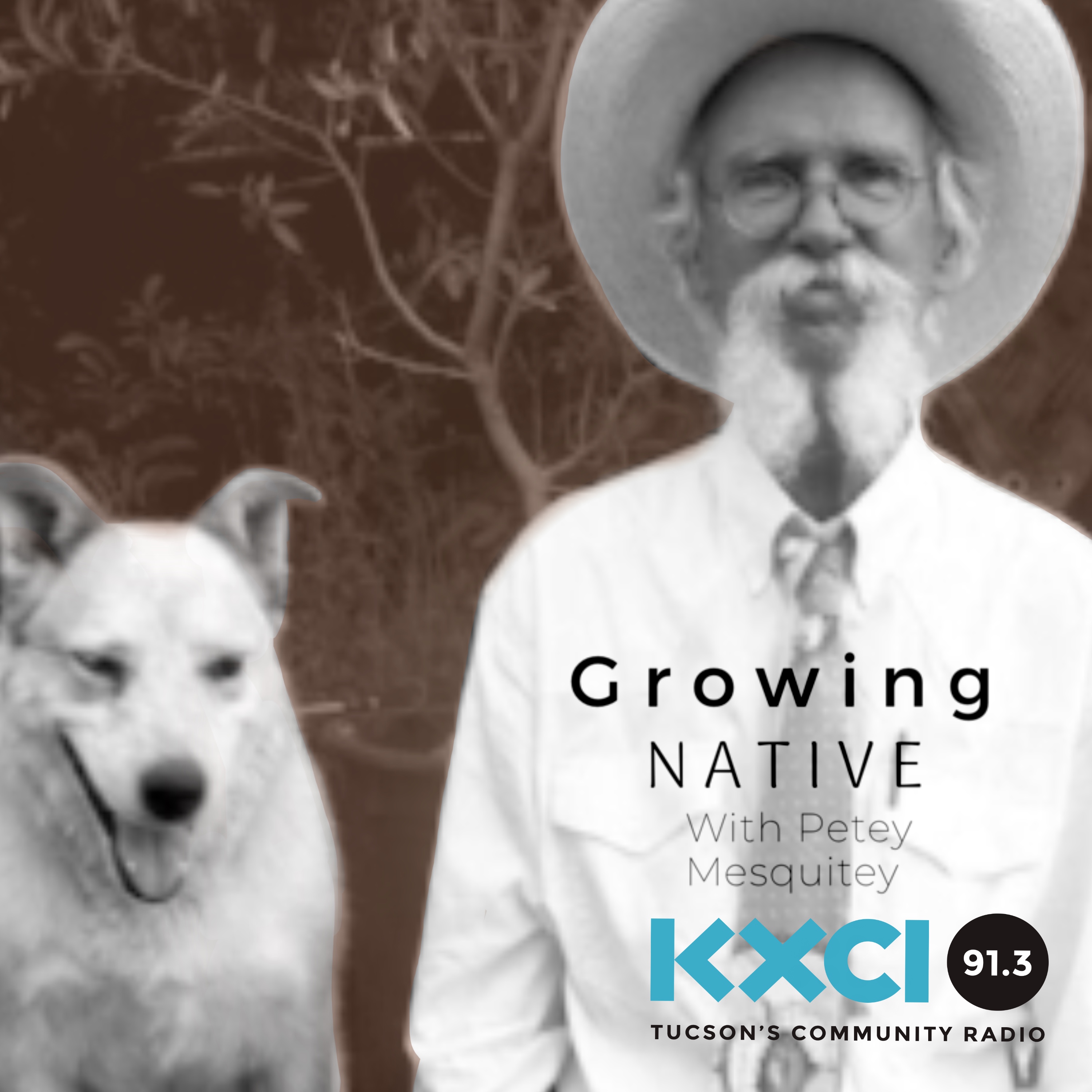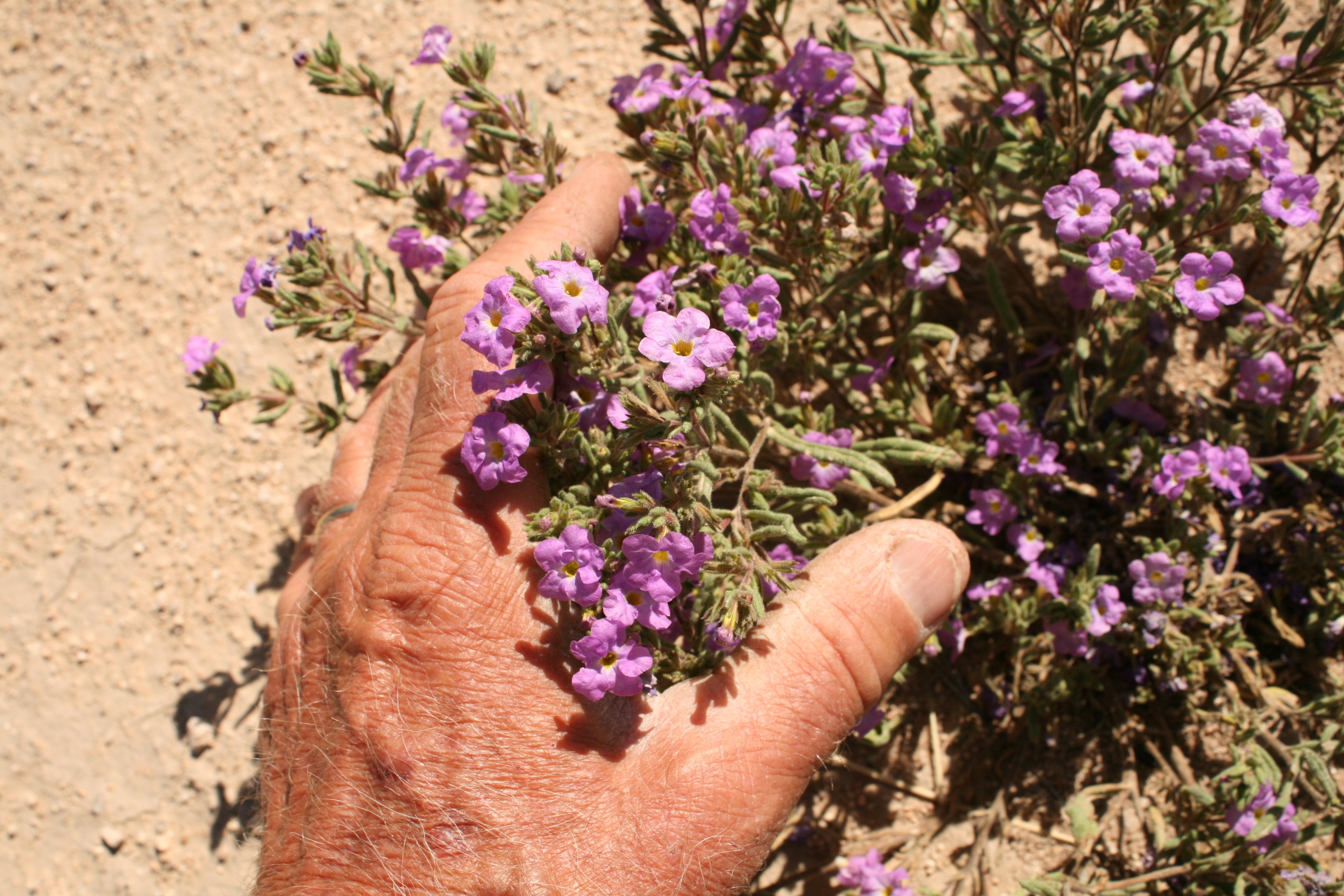 Many years ago while driving the dirt road between Klondyke and Pima, Arizona I rounded a curve and and almost crashed into an Apache family stooped over in the road picking up acorns that were falling from a huge Emory oak whose branches reached over the road. It was that marvelous encounter that turned me on to the highly edible acorn of the Emory oak. Oh, make no mistake, acorns of many other species of oaks are quite edible, but usually after some sort treatment like washing with water for days to remove the bitter tannin found in the acorns. The harvesting of acorns sustained many groups of native Americans and in some areas it was the most important of foods. If you are interested in more information look to the tribes of California and how they utilized the acorns of the many oak species found in that vast state.
Many years ago while driving the dirt road between Klondyke and Pima, Arizona I rounded a curve and and almost crashed into an Apache family stooped over in the road picking up acorns that were falling from a huge Emory oak whose branches reached over the road. It was that marvelous encounter that turned me on to the highly edible acorn of the Emory oak. Oh, make no mistake, acorns of many other species of oaks are quite edible, but usually after some sort treatment like washing with water for days to remove the bitter tannin found in the acorns. The harvesting of acorns sustained many groups of native Americans and in some areas it was the most important of foods. If you are interested in more information look to the tribes of California and how they utilized the acorns of the many oak species found in that vast state.
But listen, the Emory oak acorn is quite sweet and ready to eat when ripe and falling from the tree and so why wouldn’t you gather as many as you could to eat immediately or dry to use in stews or for making acorn meal for bread.
The Emory oak is Quercus emoryi. Quercus is the Latin name for oak and the specific epithet is in honor of William Emory, an army officer who was a surveyor, topographer and plant collector in the southwest in the mid 1800’s. Emory, by the way, did the survey of the Gadsden Purchase and in a way is the reason you and I live on this side of the Mexican border.
Another common name for this oak is bellota, at least along the border, and though Emory oaks can be found from central Arizona southward into Mexico, it is the predominate large oak of the woodlands along the border and that’s why I call it the Bellota of the Borderlands.
Now you know.

Road trips with a truck load of native plants are a lot of work, but are especially satisfying when you head home with very...

The genus Allium has had quite a taxonomic journey and is at this time (stay tuned!) in the amaryllis family, Amaryllidaceae, where it had...

Nama hispidum is in the Waterleaf Family (Hydrophyllaceae). There are eight species of Nama found in Arizona and for those of us that live...